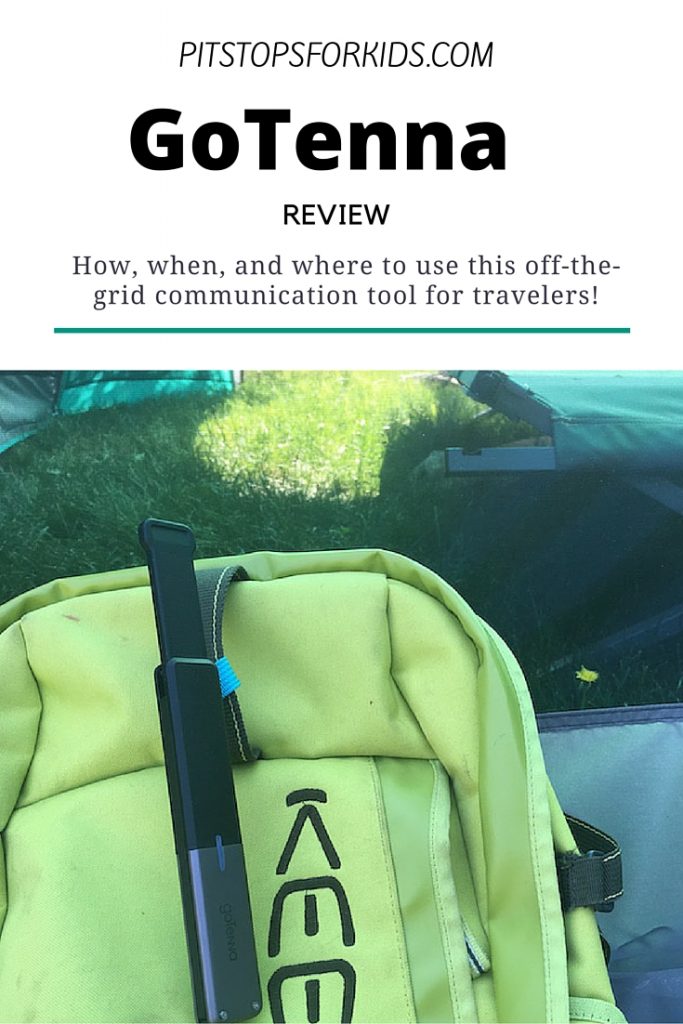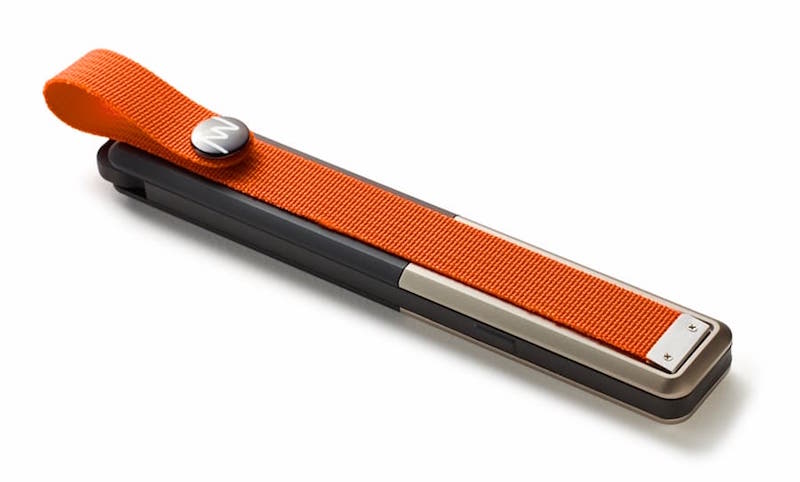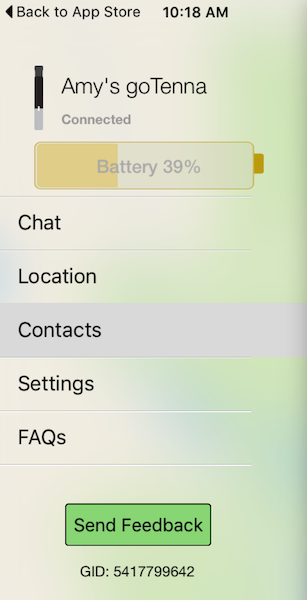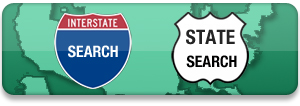When we visited Paris last winter, we spent a wonderful day in the Louvre. At least, it was mostly wonderful, except for the two hours we spent looking for each other. My husband had our two older sons in one section, and I had our youngest in another, and our plans to ‘find each other later’ went woefully sideways. We both had phones, but had put them in airplane mode to save on our international data plan. When I turned my phone on to contact him, he had his turned off, and vice versa.

Months later, I was introduced to GoTenna. The minute I saw what it did, I knew we could have used it in Paris. And in Rome. And in Costa Rica. And so on and so forth. GoTenna is a thin, 2-ounce wand that connects to a smartphone app via Bluetooth low energy (LE). It creates a low-frequency radio wave network for its iOS and Android app that reaches about 1 mile in skyscraper-filled urban areas, and, supposedly, up to 9 miles in most open outdoor areas (even longer on mountain tops).
How to use GoTenna:
When you buy GoTenna, it comes in a pack of two (for $199). I had ours set up in about two minutes. You just take the wands out of the package, and pull the little tab on each to extend the stick. When it clicks, you can see whether the GoTenna wand is charged by waiting for the light to blink. If it does, you’re in business. If not, charge the wands first using the included USB cords.

Once they’re ready, turn them off, and download the free GoTenna app. It will walk you through the activation steps, which, again, took me only a minute or so. You turn the GoTenna back on to pair it with your phone via Bluetooth (one wand per phone), add your phone number and name, and you’re in business. You can import your contacts, so it’s easy to find other people when you need to contact them (more on that in a minute) and download maps to use off-line (more on that, too).
Once you and a partner both have the wands paired to your phones, you can use them offline to contact each other. Each GoTenna has a nylon loop so you can attach it to a backpack, jacket, or hat. You don’t hold it; you need it to have a clear path to get a signal. Think of GoTenna like a messaging app: it has the capability to send messages and location, but not much else. You cannot use GoTenna to send photos or video, make phone calls, or scroll through social media. It’s like a walkie-talkie, only much better.
You do everything you want with GoTenna from the app.

- Send one-on-one messages: this is the primary thing we’ve done with it. You can send messages to anyone in your contacts who also has a GoTenna (this is the reason for the pack of two).
- Send Shout messages to everyone in the area with a GoTenna: A ‘shout’ message is basically a general message that will go out to everyone with a GoTenna within range. Not many people have these, so it’s not much of an issue right now, but in theory, you could use this feature to send out a general invite to meet up at a location at a concert or festival to meet other users, or send an ‘all call’ as an emergency.
- Send emergency messages: this feature is deceiving, because GoTenna cannot actually connect with emergency services (a con to using it, for sure). It can only connect with other GoTennas (not satellites), so this emergency feature is just a ‘shout’ set in priority mode. If anyone nearby is also using GoTenna, they’ll get a message that someone needs assistance. I guess it’s better than nothing.
- Use maps: I love this feature. While online, you can download tons of pre-existing maps in GoTenna’s app. (This feature is under ‘location’). Then you can use the maps while offline. We could have used this in Paris, and we will be using it in Central America this fall.
When and why to use GoTenna:
GoTenna is touted as a solution for communicating in the outdoors, when traveling without coverage, and during natural disasters other situations when off the grid. I initially thought I’d like using the wands while backpacking and camping, but in practice, we leave GoTenna at home during outdoor trips. Why? The range isn’t long enough for hikers or campers to communicate with family back at home (reason #1 I’d use it), and to use it hiker to hiker, we’d also have to carry multiple cell phones in the wilderness, which would require bringing solar chargers. While we might do this occasionally (I love the Waka Waka solar charger for this purpose), most often, we’re tech-free in the wilderness.
So what DO we use GoTenna for? International travel. We’re also glad to have it in case of a natural disaster when we may need to communicate off the grid, but primarily, it’s a wonderful tool for travel. When we travel internationally, we pay for limited service plans, so more often than not, we’re in Airplane mode and offline. With GoTenna, we can continue to communicate when we separate during the day, and we can use the maps. The teens and I used GoTenna last month in the Caribbean, when we were doing different service projects a few miles apart, and we’ll use it again in Costa Rica and Panama later this year. The only place we’ve used GoTenna where it’s only worked so-so was on a cruise ship. I think all the metal walls and doors messed with it.
Pick up GoTenna for $199 or look for it at REI. If you travel even a few times per year off the grid (or in Airplane mode), it’s well worth the investment.
Disclosure: We were given a GoTenna to test, for the purpose of review. As always, all opinions are our own.
Subscribe to our Pit Stops for Kids seasonal newsletter, and get exclusive tips, free! Click here!





